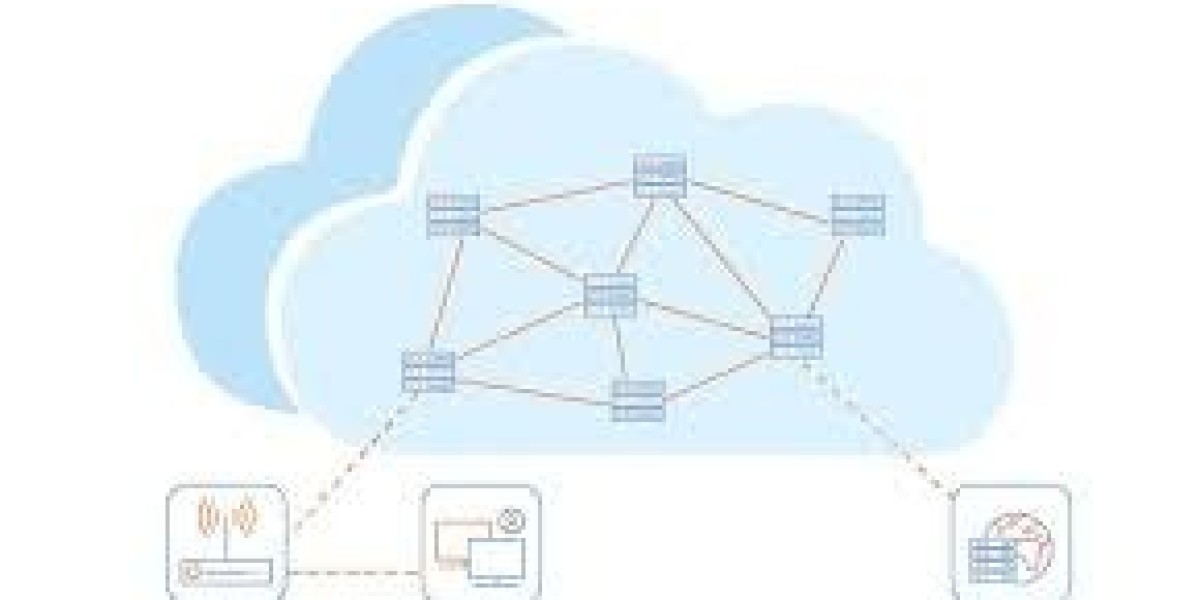Packet loss is an inevitable aspect of network communications, which occurs when data packets traveling across a network fail to reach their intended destination. While packet loss can affect all types of internet connections, IP Transit leased lines are designed to handle and mitigate it to ensure high levels of reliability and performance. In this article, we will explore how IP Transit leased lines handle packet loss, with a focus on the strategies employed by Exascale, a leading IP Transit provider in the UK.
Understanding Packet Loss and Its Impact
Packet loss can be caused by various factors, including network congestion, hardware failures, or routing issues. When packet loss occurs, it results in a reduction of network performance, as the data being transmitted has to be retransmitted, leading to delays and increased latency. For businesses relying on their internet connection for critical operations, packet loss can be detrimental, causing disruptions in services such as video conferencing, VoIP calls, or data transfers.
IP Transit Leased Line offer a dedicated and reliable internet connection, but how do they address the issue of packet loss? The answer lies in the design of the network infrastructure, advanced routing protocols, and redundancy measures that ensure traffic is efficiently routed even in the event of packet loss.
Efficient Routing Protocols
One of the key mechanisms for handling packet loss in IP Transit leased lines is the use of advanced routing protocols. Exascale, as a Tier 2 IP Transit provider, uses Border Gateway Protocol (BGP) and Static Routing to route traffic across its network. BGP is a dynamic routing protocol that continuously monitors the network for optimal routes, automatically adjusting to avoid congestion or packet loss. If a particular route experiences packet loss or increased latency, BGP can reroute traffic through an alternative path with better performance.
In addition to BGP, Static Routing allows for predetermined paths for data traffic. Although static routes are less flexible than BGP, they can still be used to avoid known areas of congestion or packet loss. By offering both BGP and Static Routing options, Exascale ensures that their customers have access to the most reliable paths for data transmission, minimizing the risk of packet loss.
Bilateral Peering Relationships and Tier 1 IP Transit Partners
Another way Exascale addresses packet loss is through its extensive bilateral peering relationships and connections with Tier 1 IP Transit partners. These relationships help ensure that traffic is routed over the shortest and most efficient path possible. If one route experiences packet loss, traffic can be rerouted through an alternative path via one of Exascale’s peering partners or Tier 1 providers.
Having multiple peering relationships and access to Tier 1 networks gives Exascale the ability to maintain a high level of network redundancy. This redundancy ensures that even if packet loss occurs on one path, the data can be rerouted quickly without impacting performance. The flexibility to switch between peering relationships and Tier 1 IP Transit partners reduces the likelihood of prolonged packet loss and ensures continuous service delivery.
Error Detection and Recovery Mechanisms
To further mitigate the impact of packet loss, IP Transit leased lines rely on error detection and recovery mechanisms. Protocols such as Transmission Control Protocol (TCP) use error-checking features to detect lost packets and trigger retransmission requests. This ensures that any missing data is quickly resent without significant impact on the overall transmission.
Exascale’s network is designed with these error detection and recovery mechanisms in mind. By using TCP-based protocols and leveraging the redundancy built into their Tier 2 network, Exascale ensures that even if packets are lost, they can be retransmitted seamlessly, maintaining a smooth user experience for businesses.
Quality of Service (QoS) and Traffic Management
To further reduce the impact of packet loss, IP Transit leased lines like those offered by Exascale implement Quality of Service (QoS) protocols. QoS is a set of techniques that prioritize certain types of traffic, ensuring that critical applications receive the necessary bandwidth to operate efficiently, even in the face of network congestion or packet loss.
For example, in a business environment, VoIP calls or video conferencing might be prioritized over less time-sensitive activities like large file downloads. By assigning priority to these types of traffic, Exascale ensures that even if packet loss occurs, the most important applications continue to function with minimal disruption. This form of traffic management helps businesses maintain productivity and minimize the effects of packet loss on essential services.
Redundancy and Backup Solutions
Exascale’s network infrastructure also provides built-in redundancy to further combat packet loss. Redundant paths and backup routes are available to ensure that if one path experiences packet loss, traffic can be redirected to an alternative, unaffected path. This ensures that businesses experience minimal downtime, even in the event of network failures or disruptions.
In addition to routing traffic via the shortest path, Exascale’s network leverages its bilateral peering relationships and Tier 1 IP Transit partners to provide seamless failover solutions, making it possible to maintain internet access without significant delays or data loss.
Conclusion
Packet loss is a challenge faced by all networks, but IP Transit leased lines, such as those provided by Exascale, are designed with a variety of mechanisms to mitigate its impact. Through efficient routing protocols like BGP and Static Routing, bilateral peering relationships, error detection and recovery, and Quality of Service (QoS) protocols, Exascale ensures that businesses experience minimal packet loss and maximum performance. Additionally, the redundancy built into Exascale's network provides backup solutions to ensure uninterrupted service. By leveraging these advanced techniques, Exascale's IP Transit leased lines offer businesses a reliable, high-performance internet connection capable of handling the challenges of packet loss.



